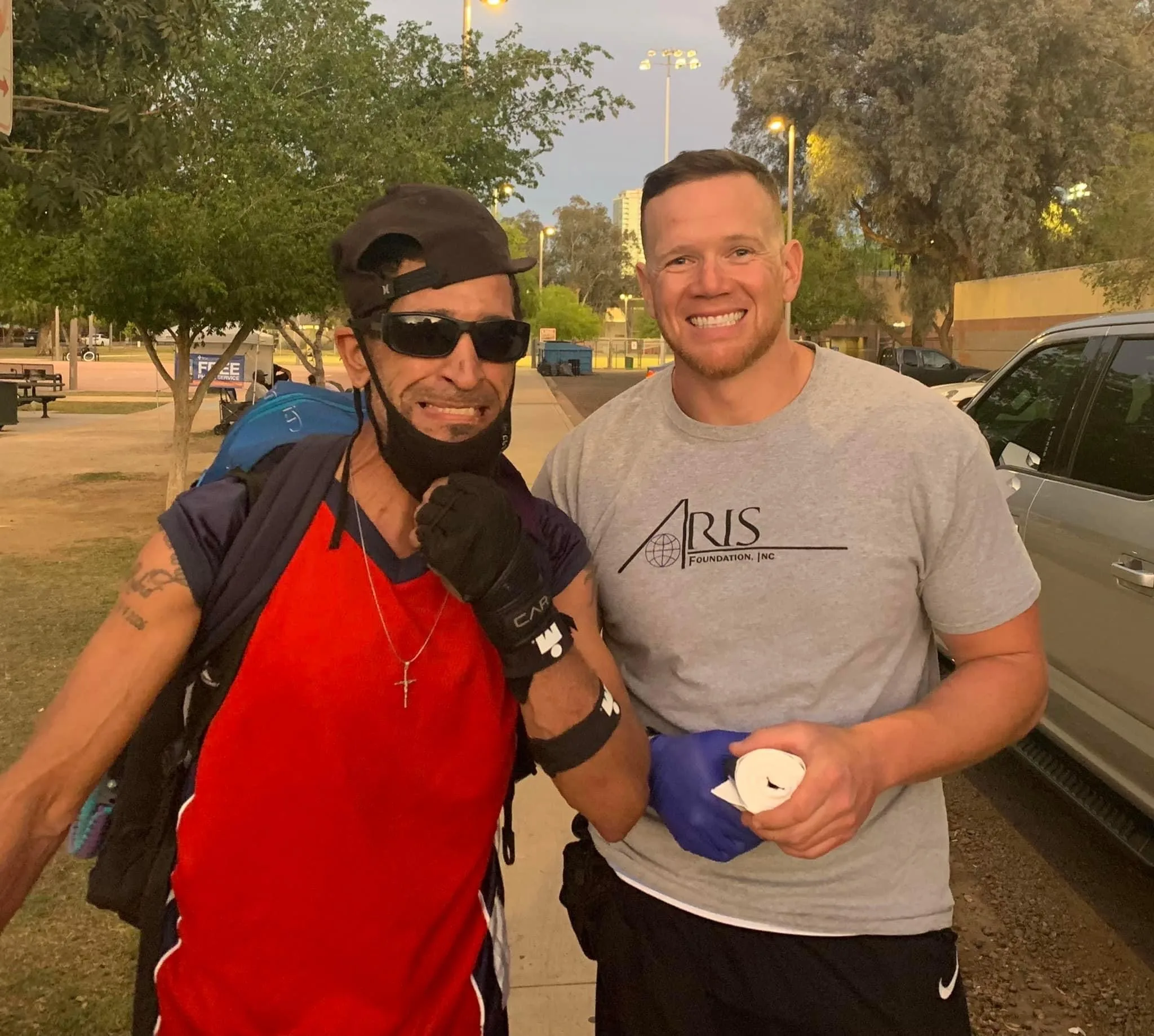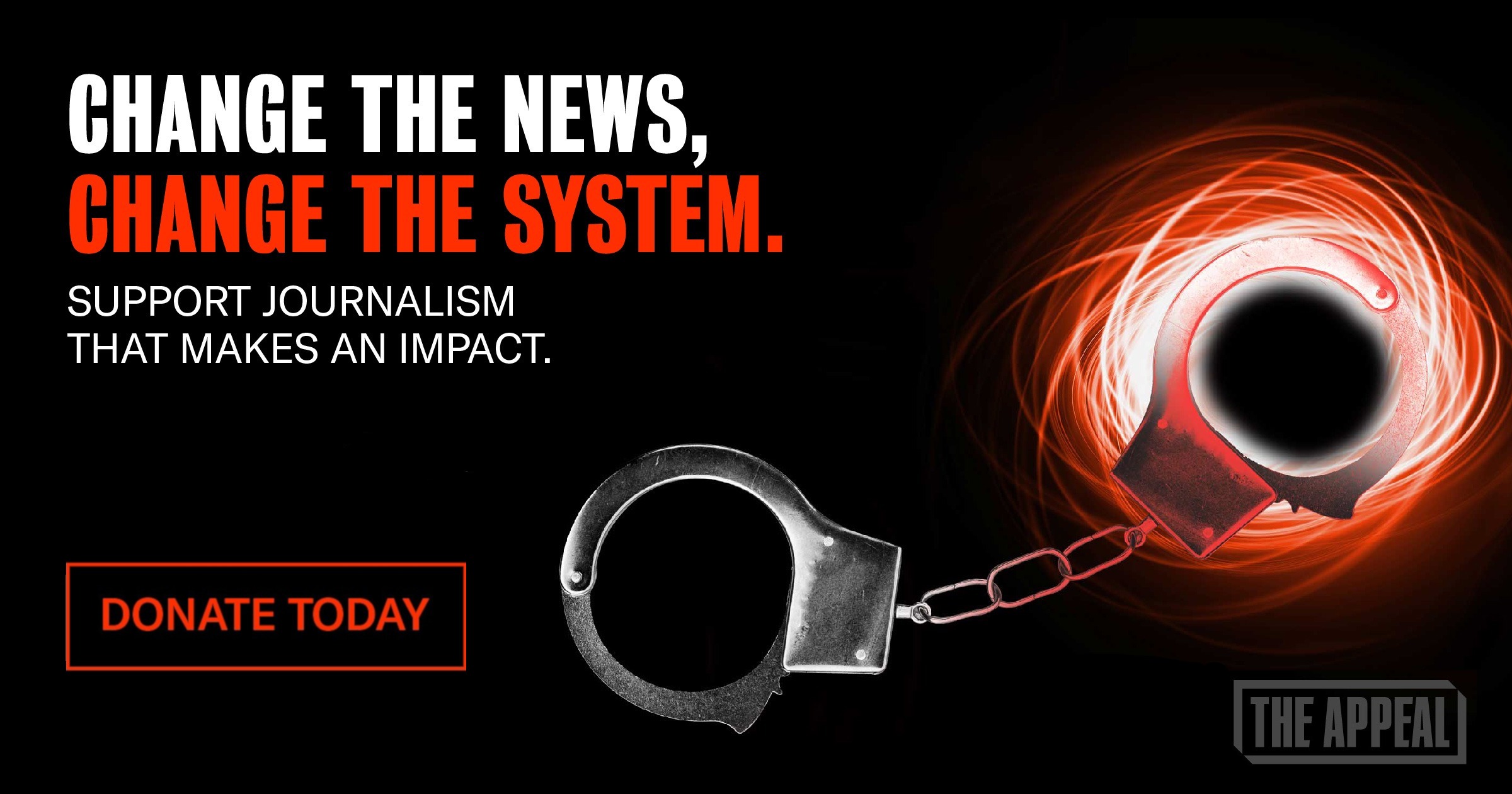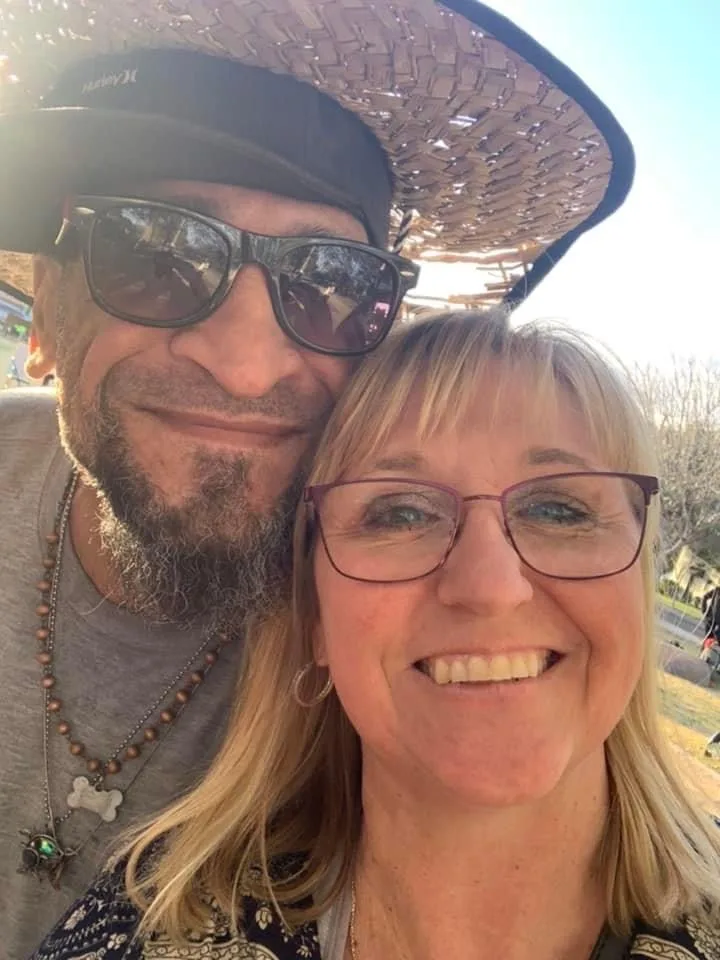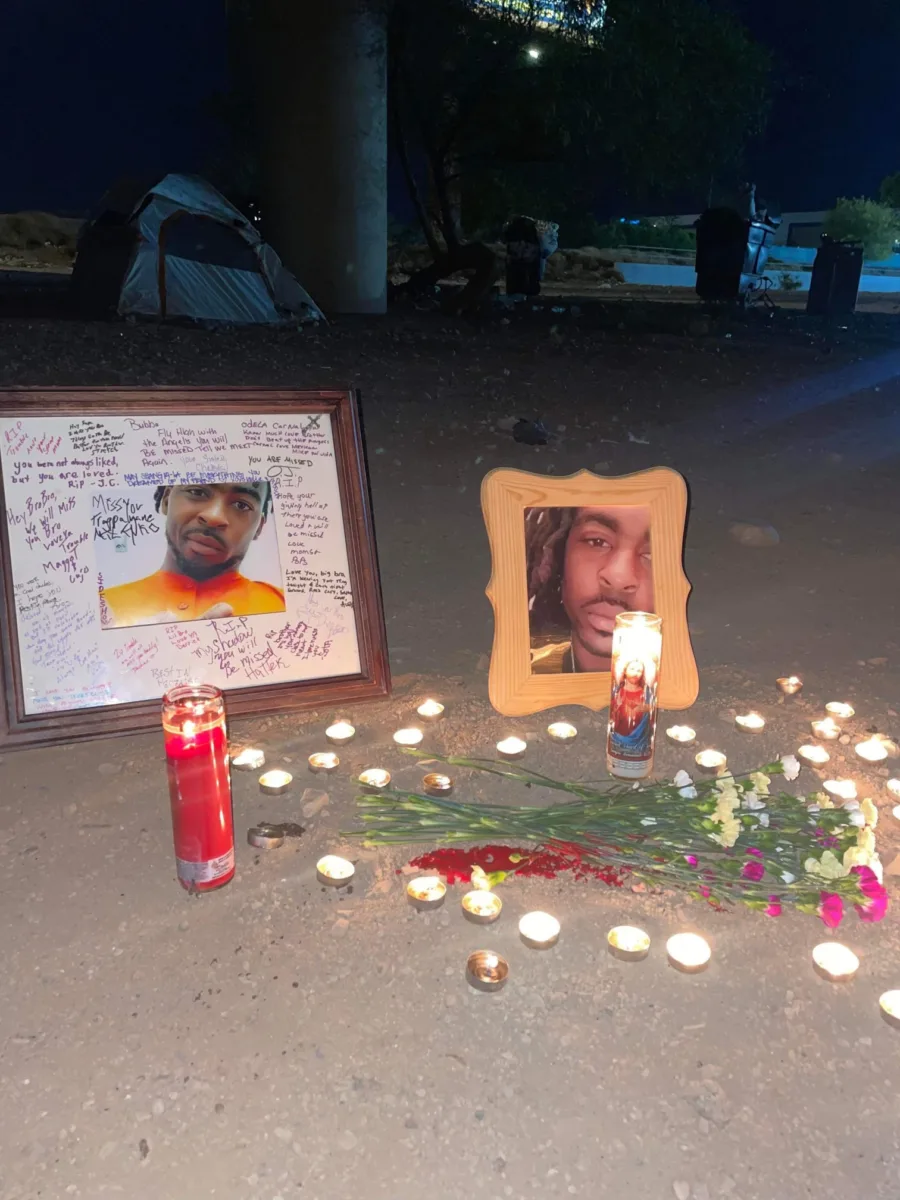Unhoused People are Being Killed at Alarming Rates
At least 88 unhoused people were killed in Maricopa County, Arizona, between 2021 and 2023. Experts say the deaths are a microcosm of a worrying national trend.

The night James Cruz disappeared, his sister knew something was wrong.
Cruz had been living in Tempe, Arizona’s ‘River Bottom’ homeless encampment for years. Known to his friends simply as “Cruz,” the 56-year-old was often seen riding around town on his bicycle or attending weekly community picnics on Tuesday evenings.
Cruz’s sister Rashel told The Appeal that, despite his yearslong battle with addiction and homelessness, her brother was trying to get back on his feet. He had begun spending most nights on her couch, arriving by 9 p.m. and leaving in the morning.
But one night in April 2022, Cruz didn’t come. He didn’t call like usual. Rashel’s panicked stream of phone calls went unanswered. She reported him missing that night.
A few days later, the police knocked on her door.
“As soon as I answered it, I knew,” said Rashel, who asked that her last name be withheld out of fear of retaliation. “I just knew. It hit me before I even opened the door that he was gone.”
Her brother had been shot and then dismembered, Rashel and others who spoke to Tempe police officers recalled them saying. The medical examiner labeled his death a homicide.
Cruz is one of at least 88 unhoused people who were victims of homicide in Maricopa County, Arizona between 2021 and 2023, according to data obtained from the county medical examiner. That number is almost certainly an undercount, as it doesn’t include dozens of additional homicide victims whose housing status the county couldn’t confirm.
In the days following Cruz’s death, rumors swirled about who might have killed him and how. But no answers came. No arrests have been made in more than two years. In May, a Tempe police spokesperson told The Appeal the investigation into Cruz’s death is still ongoing.
“There’s no closure here,” Rashel said. “No one is being held accountable.”

Across the country, unhoused people are being killed at an alarming rate. Los Angeles police in November arrested a suspected “serial killer” they believe was preying on unhoused people—including allegedly murdering four people in four days. In January, authorities in Las Vegas arrested a couple on suspicion of fatally shooting two homeless people and injuring three others. And a man in Seattle is facing two murder charges for separately killing two people with an axe in February while they slept on the ground.
While violence against people experiencing homelessness isn’t new, data suggests the problem is getting worse. Homelessness rose by 18 percent nationwide between 2018 and 2023, according to federal estimates. Cities that track homicides of unhoused people, such as New York and Los Angeles, have seen those numbers rise in recent years.
No one knows how many unhoused people are killed throughout the U.S. each year. While some municipalities have begun tracking these homicides independently, reliable nationwide data doesn’t yet exist. Figures from the Centers for Disease Control and Prevention, the only national-level numbers available, are incomplete and lagging several years behind. And there are no federal requirements for local governments to report the housing status of homicide victims. Researchers and advocates who have attempted to count the killings themselves have typically had to piece together their tallies using news reports, Google searches, and inconsistent data from government agencies and local advocacy organizations.

Experts said the country needs a national reporting system to understand the problem’s full scope. The issue is compounded by the fact that police now solve fewer murders overall. Nationally, murder “clearance rates”—the percentage of cases listed as solved or otherwise closed—have fallen significantly in the last half-century for myriad reasons. While some of this statistical drop is positive—officers appear to be lying about statistics less often and arresting fewer innocent people—the decline also stems from police departments losing community trust and devoting fewer resources to murder investigators despite ballooning budgets.
Advocates also agreed that the best way to prevent unhoused people from being killed on the streets is to provide more permanent housing, jobs with livable wages, and supportive services like mental health and substance use treatment.
“They prevent homicides and violence against people who are unhoused by having fewer people who are unhoused,” said Barbara DiPietro, senior director of policy at the National Health Care for the Homeless Council.
On June 28, the U.S. Supreme Court ruled in the landmark case City of Grants Pass v. Johnson that municipalities can legally ban people from sleeping outdoors. The result will likely lead to more cities criminalizing homelessness and pushing unhoused people out of spaces where they feel safe.
“We literally make policy decisions that put people on the street, and then they’re just sitting ducks,” DiPietro said.
On April 22, 2022, Robert Bickel Armstrong, then 62 years old, was found on an outdoor loading dock in Phoenix. Security camera footage showed someone assaulting him with rocks while he lay on the ground.
On October 23, 2022, Kristine Hull, 43 years old, was found by a passerby in the desert with gunshot wounds in her head.
And on March 17, 2023, Alexander Morrissey, 26 years old, was found behind a dumpster in Phoenix with multiple stab wounds.
Armstrong, Hull, and Morrissey are just three of the dozens of unhoused homicide victims in Maricopa County since 2021.
While most unhoused people in Maricopa County die of drug overdoses, traffic accidents, and heat-related deaths, data shows homeless people are much more likely to be murdered than the general public. In 2023, at least 8 percent of the homicide victims in the county were unhoused, despite them making up less than 1 percent of the county’s population.
In some homicide cases The Appeal reviewed, the killer was also unhoused.
But it doesn’t matter who the culprit is, DiPietro said. Either way, shelter might have saved victims’ lives.
“We have all of these people who are in incredibly unstable places in their lives, and instability yields volatility,” she said. “You know, what would end the volatility and make people more stable is permanent housing.”
Homicides of unhoused people are likely rising due to multiple factors, experts said. For one, local governments are simply getting better at tracking the killings. But soaring housing prices are also pushing more people into homelessness. And, as cities figure out what to do about their growing homelessness crises, experts said the approach they take matters.
“When communities start to criminalize people experiencing homelessness, there’s a direct uptick in violence,” said Donald Whitehead Jr., executive director of the National Coalition for the Homeless, a nonprofit that tracks hate crimes against unhoused people.
The violence is rocking communities. Ben Jeffrey, a local service provider and advocate for the homeless, knew Cruz for years and said he helped police locate his body. Two months later, his friend Sean “Madrox” Bickings, who was also unhoused, drowned in a lake while Tempe police stood by and watched. Less than a year after that, another close friend, Errol “Trouble” Morgan, was stabbed to death by another unhoused person right outside Jeffrey’s van while Jeffrey sat in the front seat.

Jeffrey blames a lack of affordable housing and insufficient government action in solving homelessness for the deaths.
“It’s disposable people,” Jeffrey said. “Structural violence. The system is set up where unless you’re a property-owning taxpayer and you’re a voter, we don’t care. You’re disposable to us.”
Without these services, James Cruz lived in fear on the street, his sister Rashel said. When he died, she blamed herself for not letting him fully move in with her family. Now, all she wants is for the police to find his killer. But after more than two years of waiting, she’s losing faith they will.
“This is my worst nightmare coming true,” she said.
